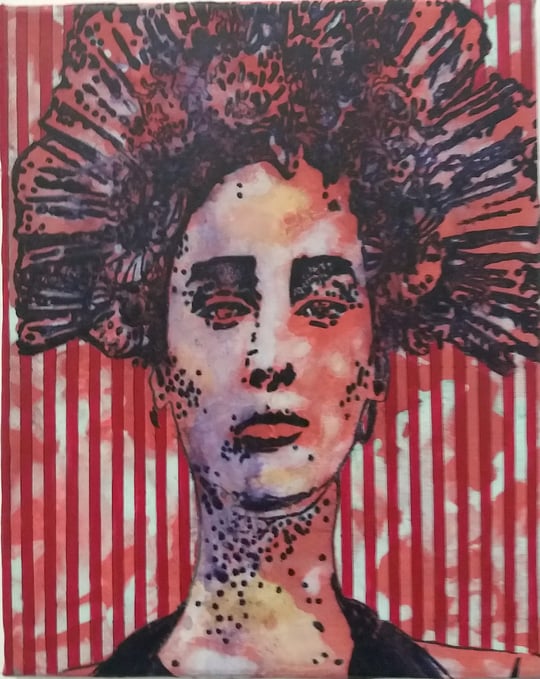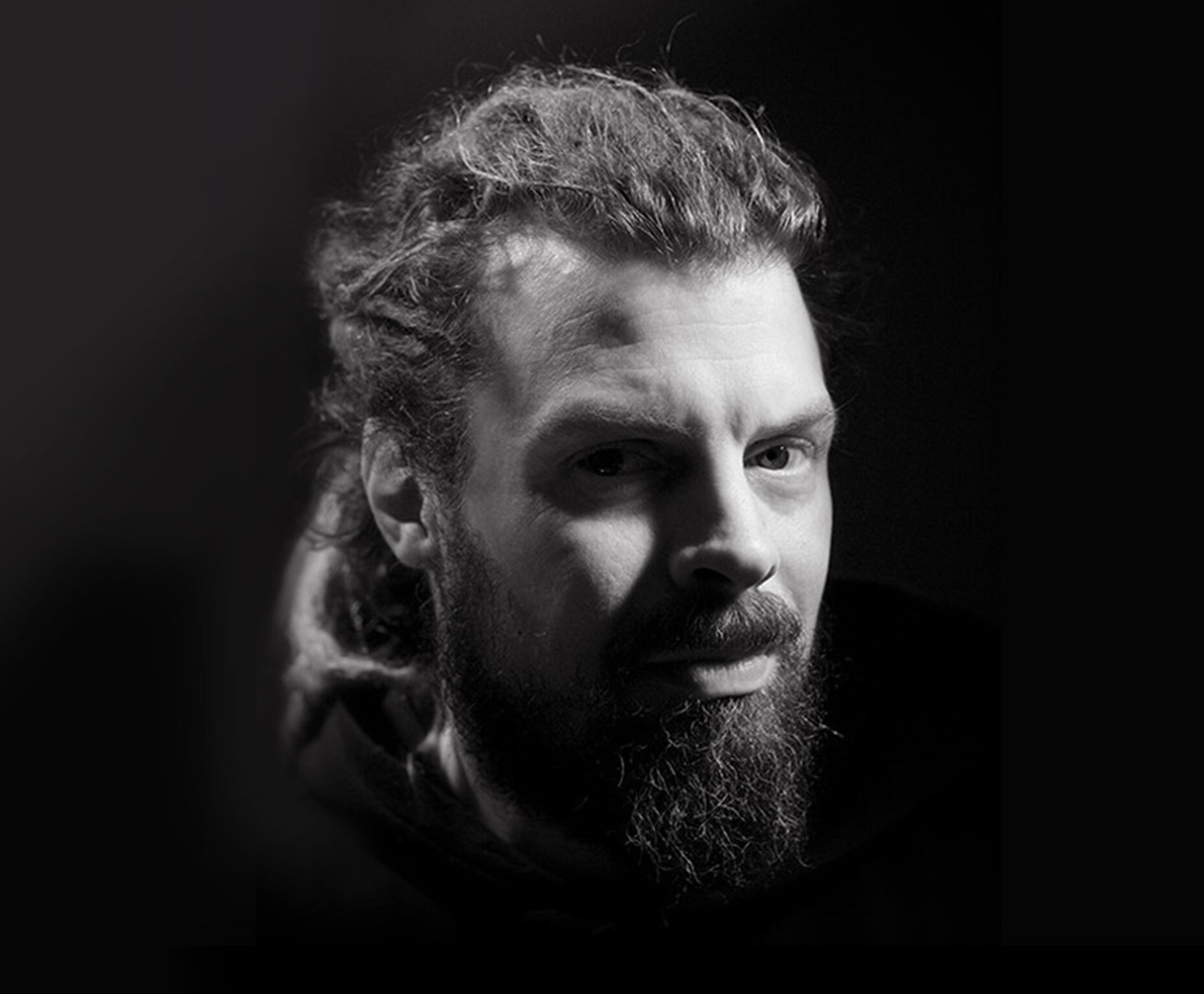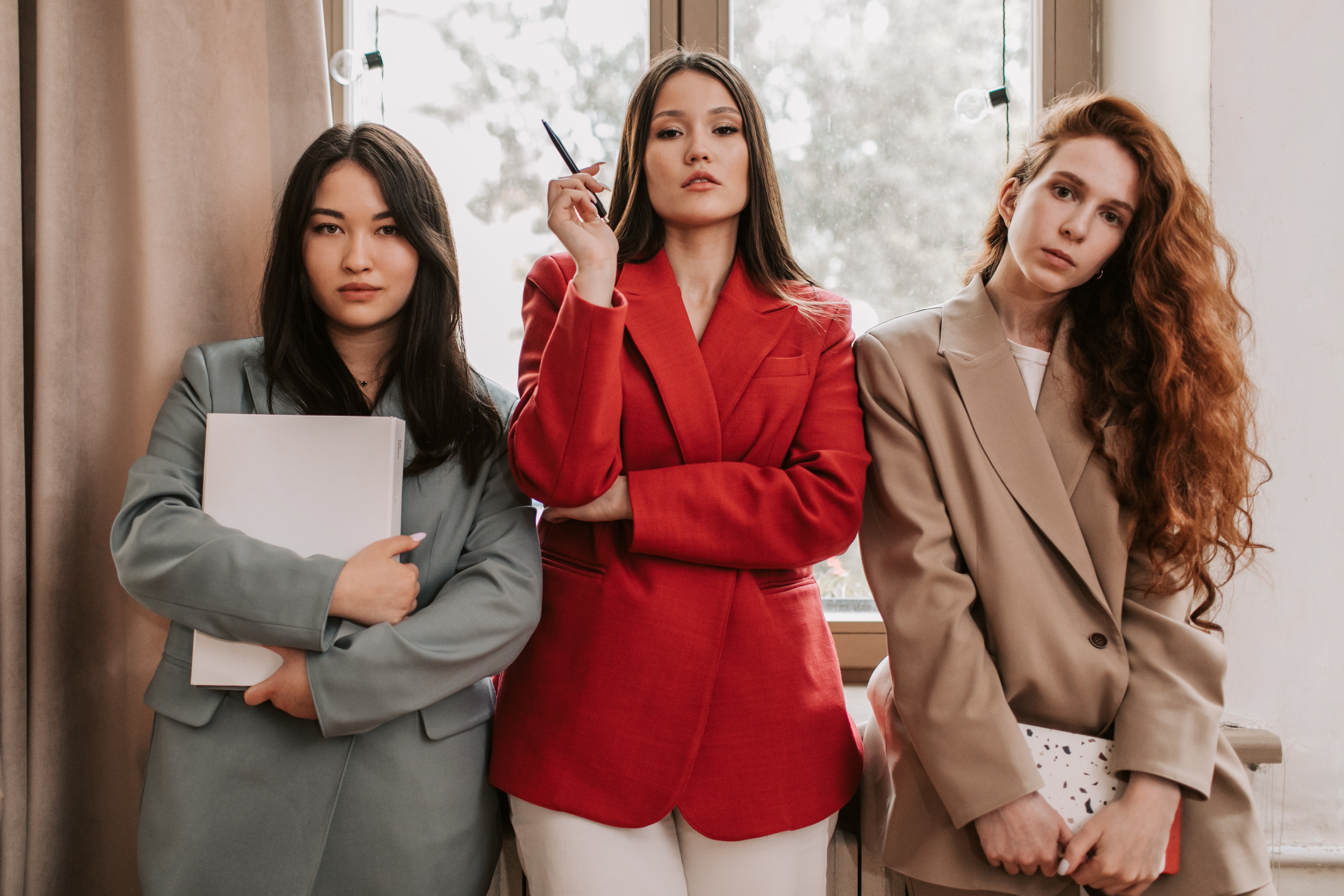Artist Interview: Jan Muche
A work of art is only complete once it's shared. It’s an immersive experience, offering the viewer, the artist and the community an opportunity to divide knowledge and expertise - an experience that in its most basic form is art itself.
This sense of sociability - an acknowledgement that art is an experience, shared by a company of strangers - ranks among the most appealing aspects of becoming a collector. It is much in evidence at smart-collectors, in fact, we curate art that simply radiates sociability as more than a mere subtext.
Sharing is in more than just viewing, or owning an original piece - it’s about diving into the world of the artists, finding out what makes them tick, what drives them - while we explore their style and motivation.
Read artist interviews featuring some of the most exciting established and emerging figures in the art world. Our conversations with contemporary artists get to the heart of what makes them tick, exploring the development of their style, their inspirations and the stories behind their recent work.
“My works always emerge from a continuity. Even if they say something completely different in terms of form or materiality, they all have something to do with each other.“
Jan Muche - Artist
Say hello to Jan Muche - a Herford born and raised contemporary visual artist, who focussed on abstract paintings with a three-dimensional effect. His creations effectively demonstrate the juxtaposition and superimposition of supporting and tensioning structures - composed of multiple contrasting colour palettes.
"Many [paintings] show modern machines and apparatus. The motifs come from old magazines and books. ... Playing with colour surfaces and forms, making visible and at the same time dissolving structures - these old machines are better suited for my form of painting. ... The motifs are pretexts to be able to paint."
These bold pieces transcend the genre, allowing the viewer to escape into the beauty that is Jan Muche.
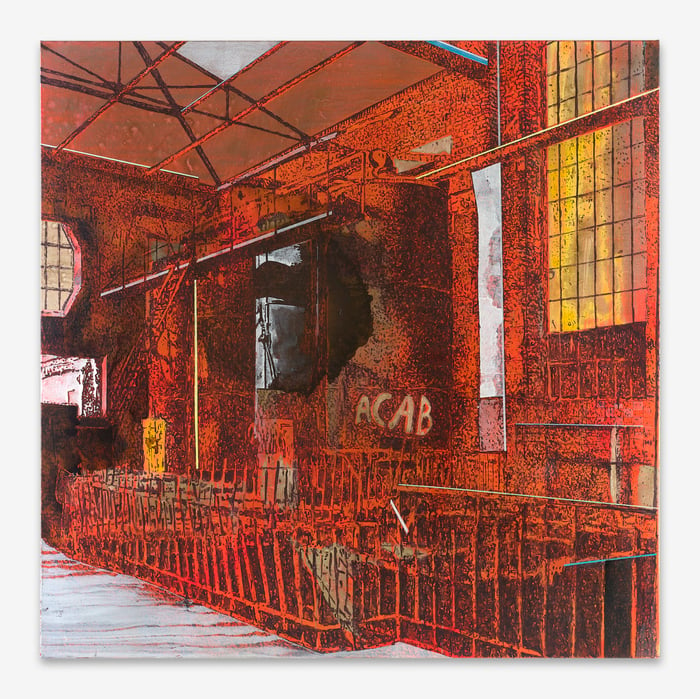
Distinguished by immersive freedom, his dynamic use of colour and gestural brushwork capture the emotion and motive behind the work.
We spoke to Muche, to gain a deeper understanding of what motivates him, and what he has in store for us next; here’s what he had to say.
What made you choose artistry as a career?
Painting was a natural progression for me after a succession of failed attempts at other careers. It never quite worked out that way, though. I was not cut out for another profession. I need to deal with myself and accomplish something that originates from myself. As a result, painting seemed like an easy choice. It was likewise an attempt at first, but I persevered. Painting, on the other hand, has ensured me a very independent life, which is why I've concentrated on it the most.
What do you derive from your process?
Painting provides me with a tremendous amount of pleasure. For instance, at one point in my life, I considered becoming an architect. However, I've never had the discipline to do so. Painting is a fantastic opportunity for me to put architectural ideas and fragments into tangible form. Because it allows me to express things in a way that only you can envision and experience.
What does painting mean to you?
Freedom. The ability to express myself freely and to use my imagination to turn my passions into a visual product. Painting is also my bread and butter, my line of work. It is critical that I state this since there is usually a lot of discussion regarding creative impulses. That is absurd because this is the tiniest portion of the job. 'Only amateurs wait for inspiration; the rest of us just go to work,' says one of my favourite quotes (I believe it is by Chuck Close). I believe inspiration is a phrase that professional artists dislike hearing. Inspiration has a certain amateurish quality about it. If you're taking a pottery lesson for the first time, you'll need some inspiration. The concepts are already in my head. They exist - there is no reason for me to have to find them.
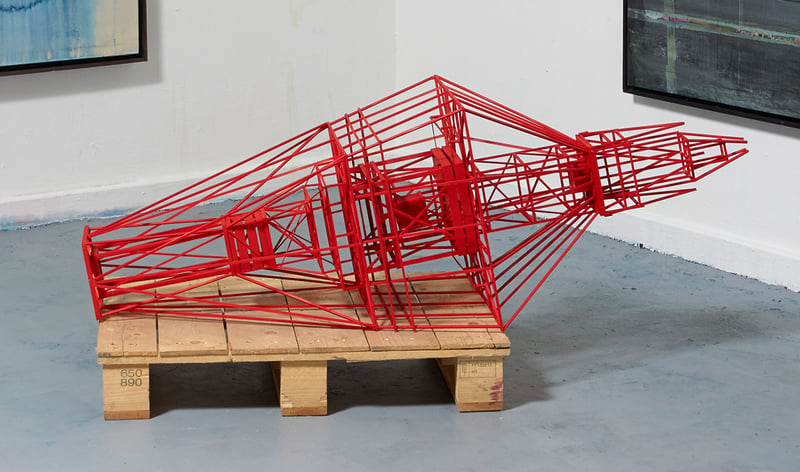
What is your process?
My images' structure and development are inextricably related to laser techniques. That is, I create a colour scheme, glaze it over, obliterate it, and then have to tease it out with lighter or darker hues. This creates layers of patina, which I find really charming. They give the sense of age processes, such as soot coating, which is appropriate for Berlin, which was once heavily heated with brown coal. Because these are really unique colours, I prefer to incorporate that into the photographs.
What differentiates you from your contemporaries?
Patina is not particularly common in contemporary art, for example, when a painting appears to be older at first glance because it has been patinated. As a result, making a connection with this new art is challenging. But it is precisely what interests me. What irritates me about contemporary painting is the constant assertion of topicality through the use of the word "now." The inversion piques my interest. Is it possible for a highly relevant artwork to appear as if it had been hanging on a Bitterfeld house wall for years? It's a claim to timelessness - to an indefinite expression.
What are you working on at the moment?
I'm now working on large-scale paper works. That has something to do with the current pandemic crisis, as I've been working from home a lot. Large-format canvases are far more difficult to work with than paper. Paper appeals to me in particular since it is an entirely different medium than canvas. There, the colours unfold and react in a different way.
The present series consists of architectural works on paper that are inspired by old industrial structures and buildings. These pieces have a distinct colouring style, with some of them being quite dark and sombre. These are colour palettes that I drew inspiration from. Almost everything in East Berlin, for example, was done in these vaguely Mediterranean tones of beige and brown. This emanates a great amount of warmth and intensity, but when it rains in November, it may also create a really depressing atmosphere. Both have a certain allure for me when it comes to capturing atmospheres.
